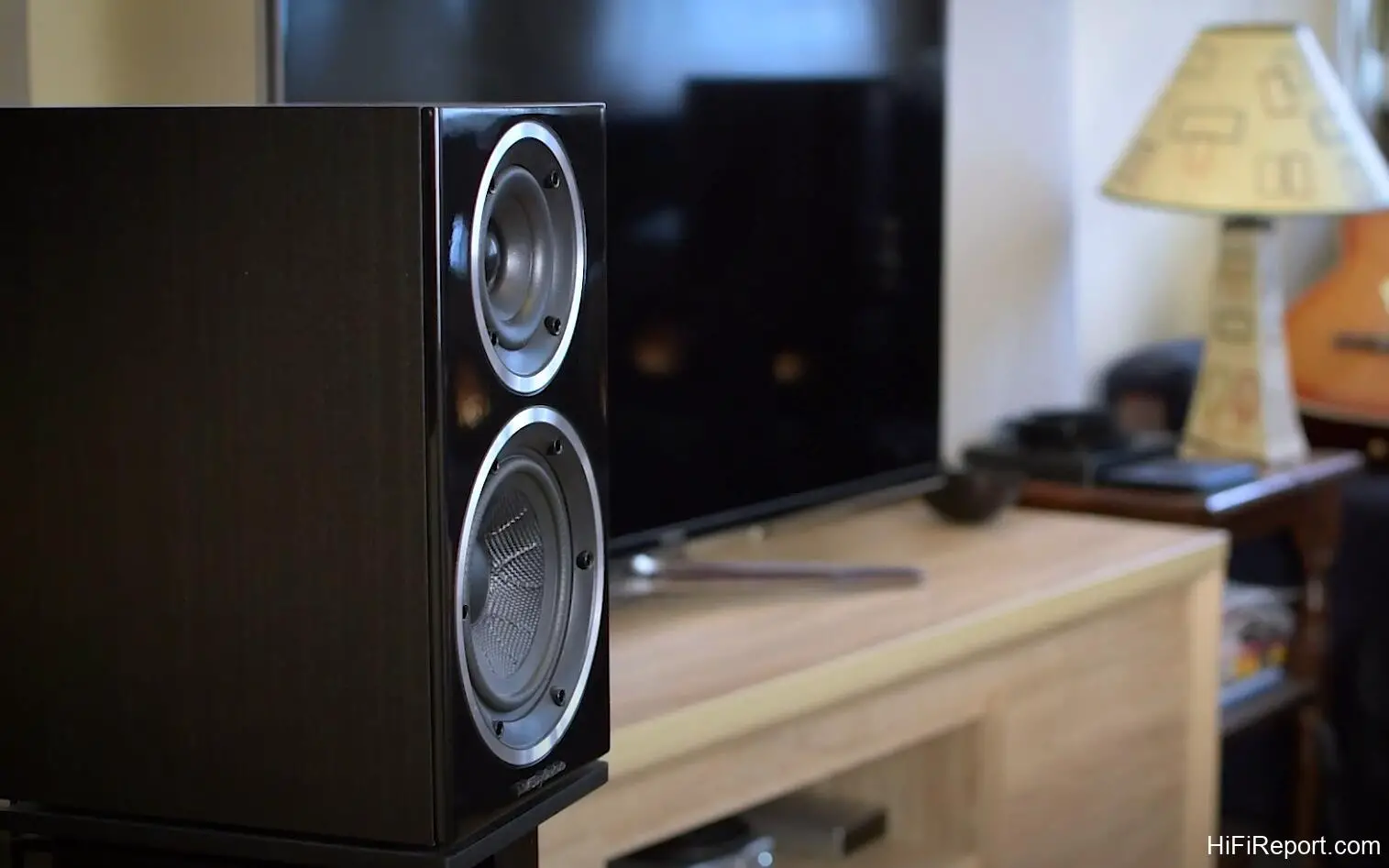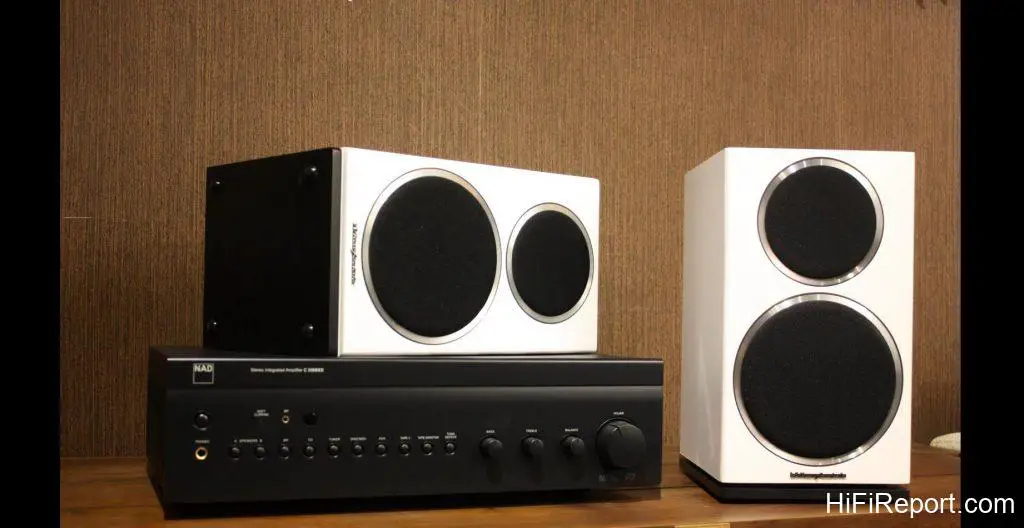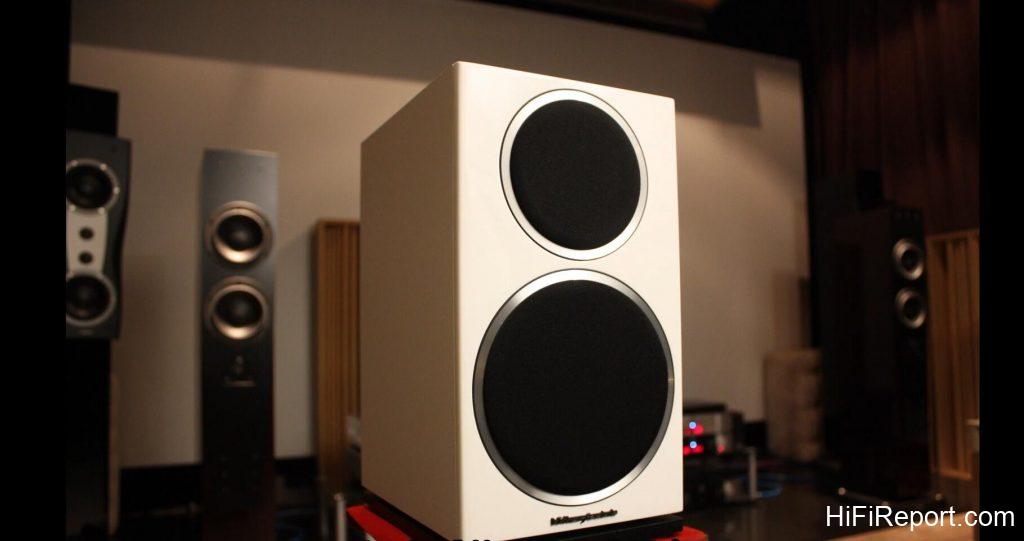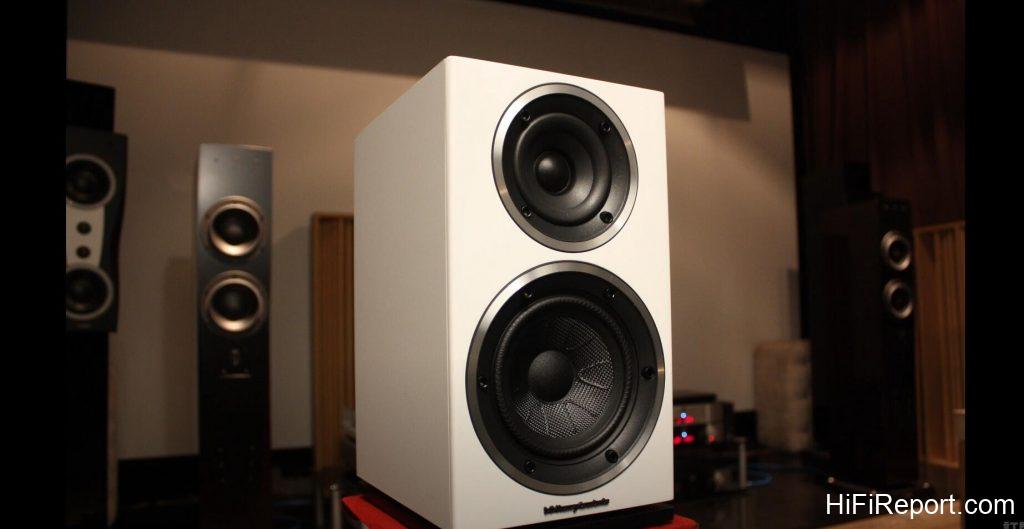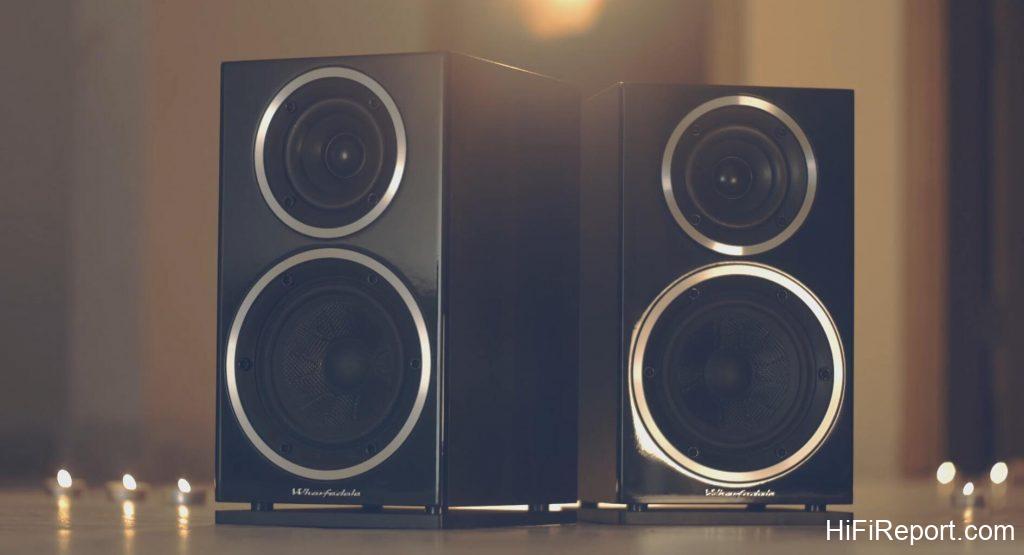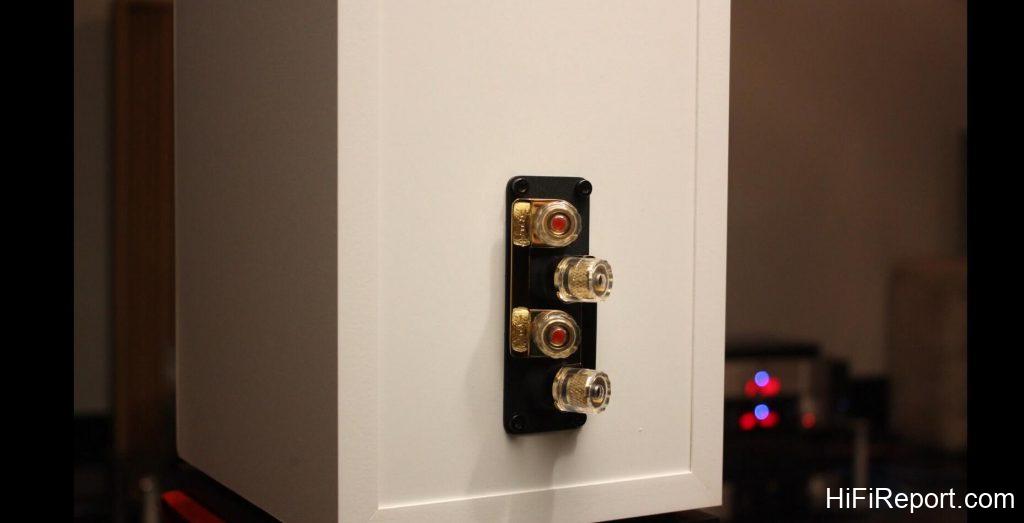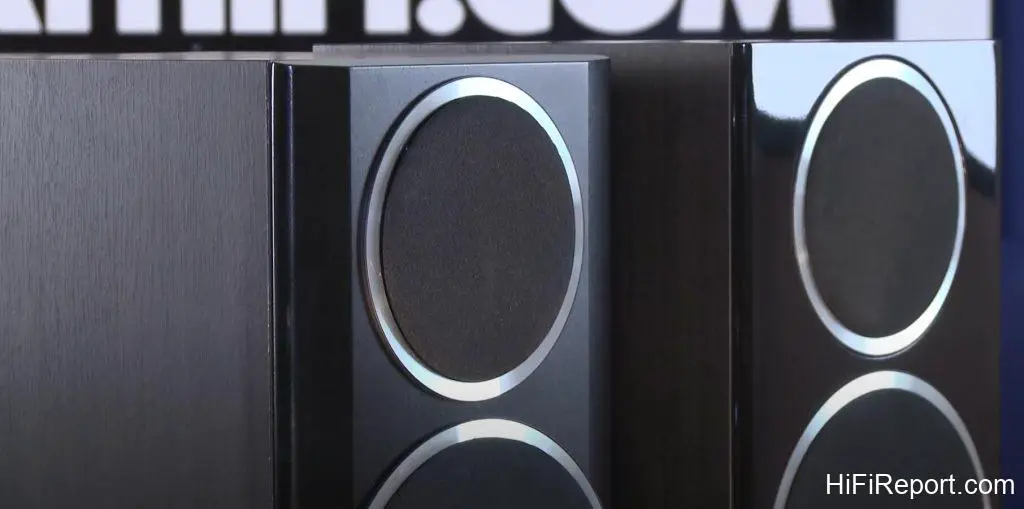Wharfedale Diamond 220 Bookshelf Speaker Review
Thanks to the advancements in audio technology, the manufacturing process of audio products has reached unprecedented heights. The quality of traditional amplifiers and speakers has also significantly improved, ensuring higher fidelity and lower sound distortion.
Nowadays, many renowned audio brands offer a wide range of products that cover both high-end and low-end segments. The cutting-edge technologies initially applied in high-end products are often cascaded down to the lower-end ones, benefiting consumers.
This post will introduce the Wharfedale Diamond 220 bookshelf speakers, considered outstanding value-for-money products. These speakers have been honored with the “WHAT HIFI AWARDS 2014.”
The Diamond 200 series targets entry-level HiFi stereo and home theater enthusiasts. Despite being an entry-level product, the Diamond 200 series is designed to meet high-end standards. Wharfedale’s designers have improved and updated the driver unit design for the Diamond 200 series, resulting in greater energy and improved performance.
For instance, the Diamond 200 series uses larger magnet structures to enhance sensitivity compared to previous speaker models.
The low-frequency driver unit in the Diamond 200 series adopts the same design as Wharfedale’s flagship JADE series. It features a Kevlar bulletproof fabric woven cone with a unique diamond-shaped “break-up” design on the upper half of the cone. This design aims to deliver a smoother sound performance.
The speaker cone and surround are perfectly integrated through a special “Diamond Pattern,” ensuring smoother frequency transitions and reducing sound distortion naturally through the cone’s curved profile.
As for the high-frequency driver unit, the Diamond 200 series utilizes a soft dome tweeter with a ferrofluid-cooled magnet system. This design is chosen to deliver an excellent mid-to-high-frequency response.
The Diamond 200 series comprises several models, including the Diamond 210 and 220 bookshelf speakers, the Diamond 230, 240, and 250 floor-standing speakers, and the Diamond 220C center channel speaker.
Design
The Diamond 220 features a piano lacquer-treated panel, and the speakers are embedded in metal decorative rings. Combined with individual dust covers for each driver unit, the overall appearance is stylish and complements study rooms and living rooms, making it a perfect fit for modern home environments without looking too overwhelming.
Additionally, the Diamond 200 series offers three cabinet colors for consumers to choose from: white, RQ red, and black.
To enhance performance, Wharfedale’s engineers use a layered structure for the cabinet, which combines wood composite board and MDF (Medium Density Fiberboard). While some may assume it only uses MDF like most speakers, resulting in a less satisfactory appearance, the Diamond 220 has a thin vinyl cover on the sides of the composite board.
Often, speakers with vinyl surface coatings have a minor flaw: the material can make the edges and front baffles of the cabinet appear less smooth. However, the Diamond 220 addresses this issue effectively.
The soft dome tweeter with a ferrofluid-cooled magnet system resembles a horn, enhancing the directional characteristics of high frequencies. Removing the grille from the mid-range driver shows the raised pattern on the cone, the semi-elliptical “break-up” pattern.
The diamond-shaped pattern on the surround is the “Diamond Pattern.” Similarly, the decorative outer ring of the mid-range driver also contributes to the directional characteristics, acting as a type of horn.
The Diamond 220 has seen significant improvements in various aspects. Compared to speakers in the same price range, such as Q Acoustics and Monitor Audio, the Diamond 220 stands out without compromising performance.
As mentioned earlier, Wharfedale retained the multi-layered structure with a composite panel sandwiched between two thin layers of MDF and a natural wood and synthetic material layer. The vinyl covering on the smooth MDF surface effectively eliminates unevenness.
Combining composite board and MDF helps prevent resonance, reducing or even preventing degradation of the overall sound caused by cabinet vibrations. Consequently, the Diamond 220 delivers more sound emitted by the driver units and less noise from cabinet resonance. The improvements in the new Diamond 220 model extend beyond these aspects.
The mid-range driver in the Diamond 220 utilizes a Kevlar woven cone and features a larger magnetic pole. This cone design not only ensures lightweight and high strength but also prevents the formation of standing waves on the diaphragm, avoiding sound distortion. This makes the speaker easier to drive and improves its response performance.
Moreover, the Diamond 220 has two sets of terminals on the back of each speaker, allowing for “bi-wiring” or “bi-amping” connections. “Bi-wiring” separates the amplifier’s output signal and sends them to the high-frequency and mid-range drivers through dedicated cables, reducing intermodulation distortion and improving sound clarity.
On the other hand, “bi-amping” involves using two amplifiers to drive the high-frequency and mid-range drivers separately, enhancing the overall sound performance.
Wharfedale has also adjusted the internal circuit layout to improve the overall design. When you look at the bottom of the speaker, you’ll notice that the base and the main body are separated and supported by four especially elevated shock-absorbing feet.
Additionally, a specially designed low-frequency inverted phase port is located at the bottom of the speaker’s sandwich construction. This port has a gap to allow the inverted phase sound waves to pass through, and it is equipped with a foam-like acoustic filter at the exit to prevent resonance caused by the airflow, providing appropriate damping and suppressing chaotic airflow within the cabinet. This effectively eliminates the typical low-frequency instability in conventional reflex-type cabinets.
Sound Performance
Despite its compact size, the Diamond 220 delivers astonishing performance, boasting strong bass capabilities with deep and agile low frequencies.
Furthermore, the Diamond 220 exhibits a sense of weight and authority throughout the entire frequency range, which is closely related to its distance from the rear wall – it is important to maintain an appropriate distance from the wall. If placed too far away, the sense of weight may be diluted, and the bass might become looser, losing its solidity.
The Diamond 220 produces clear and lively sounds with great expressiveness regarding vocals. For example, during the audition of Eminem’s album, the Diamond 220 effortlessly demonstrated his smooth rap delivery. This speaker’s explosive power and rhythmic dynamics vividly presented the song’s energy and intensity.
Moreover, the Diamond 220 excels in sound imaging with excellent layering. Each note seamlessly transitions into the next. In a version of Grieg’s Piano Concerto, the subtle variations in different instrument sounds were richly detailed. At the same time, the piano notes were fluid and tense, and the violin had a strong presence.
The Diamond 220’s outstanding performance outshines competitors in the same price range. Its significant dynamic advantage in the quietest parts conveys sharp contrasts in musical segments. The Diamond 220 also seems well-suited for playing opera excerpts, effortlessly handling the development of arrangements and the increase in orchestral segments.
The audition setup consisted of the NUFORCE WDC200 wireless digital preamp and the STA200 power amplifier. The audio source was the Pioneer BDP-140 Blu-ray player, connected to the NUFORCE WDC200 via optical input. A pair of bookshelf speakers similar in price to the Diamond 220 were used for A-B comparisons. The audition music albums were Katherine Jenkins’ “HOME SWEET HOME” and Stravinsky’s “The Firebird Suite.”
“HOME SWEET HOME” is demanding on audio equipment, and if not well-matched, it can sound thin. Fortunately, the Diamond 220’s thickness and balanced performance compensate well. The first track’s introduction is gentle but feels broad and weighty as if immersed in the picturesque scenery. Jenkins’ sweet vocals are extremely pleasant, and most importantly, they have a strong physical presence (which I couldn’t perceive with headphones).
Stravinsky’s music is peculiar, with melodies that may not be conventionally beautiful and rather abrupt transitions. Yet, they are well-known and famous, such as the iconic “The Firebird” and “The Rite of Spring.” The fiery and aggressive sections are ferocious as if designed to challenge speakers. In this album, the fourth section, “Internal Dance of King Kashchei,” has the most dynamic range in “The Firebird.” Hi-End floor-standing speakers are usually required to create this segment’s grandeur and power.
This seems demanding for the modest Diamond 220, but it still manages to convey the sharp dynamics and explosive sound, allowing us to experience the madness of the Firebird. Compared to the reference speakers, the Diamond 220 still maintains an advantage in analytical ability, with fullness in the mid to low frequencies. However, without sacrificing layering, much like the exceptional imaging of a high-quality camera – it still retains details in the shadows while preserving information in the highlights.
Conclusion
Compared to a pair of similarly priced reference speakers, the Diamond 220 excels in clarity, with a more focused sound that results in clearer sound localization. If the reference speakers can be likened to a soft-focus lens, then the Diamond 220 can be likened to a focused lens. Moreover, these improvements are not achieved by simply boosting the high-frequency volume; there is no sacrifice in the thickness of the midrange or the sense of low-mid frequencies.
Regarding amplifier pairing, despite the official sensitivity being only 86dB, the Diamond 220 is relatively easy to drive in practical use. Ordinary home amplifiers are more than capable of powering it effectively. During the audition, I even paired it with a 50W Class A solid-state amplifier and an 8W 300B tube amplifier. The only minor issue was that the 300B tube amplifier needed more driving power.
According to reports, the market pricing for the Diamond 220 has yet to be confirmed. However, based on information from the vendors, the pricing is expected to be lower than that of an iPhone 5S. For consumers contemplating entering the world of audio, they might need to spend a little more than the cost of an iPhone 6 to own a Hi-Fi-grade audio system.
Wharfedale Diamond 220 Specifications
- General description: 2-way bookshelf speaker
- Enclosure type: bass reflex
- Transducer complement: 2-way
- Bass driver: 130mm Woven Kevlar Cone
- Treble driver: 25mm Soft Dome
- AV shield: No
- Sensitivity(2.83V @ 1m): 86dB
- Recommended amplifier power: 25-100W
- Peak SPL: 95dB
- Nominal impedance: 8Ω Compatible
- Minimum impedance: 4.1Ω
- Frequency response (+/-3dB): 56Hz – 20kHz
- Bass extension (-6dB): 45Hz
- Crossover frequency: 2.2kHz
- Cabinet Volume (in litres): 7L
- Height (on plinth & spikes): 315mm
- Width: 174mm
- Depth (with terminals): (227+28)mm
- Carton size: 495x320x410mm
